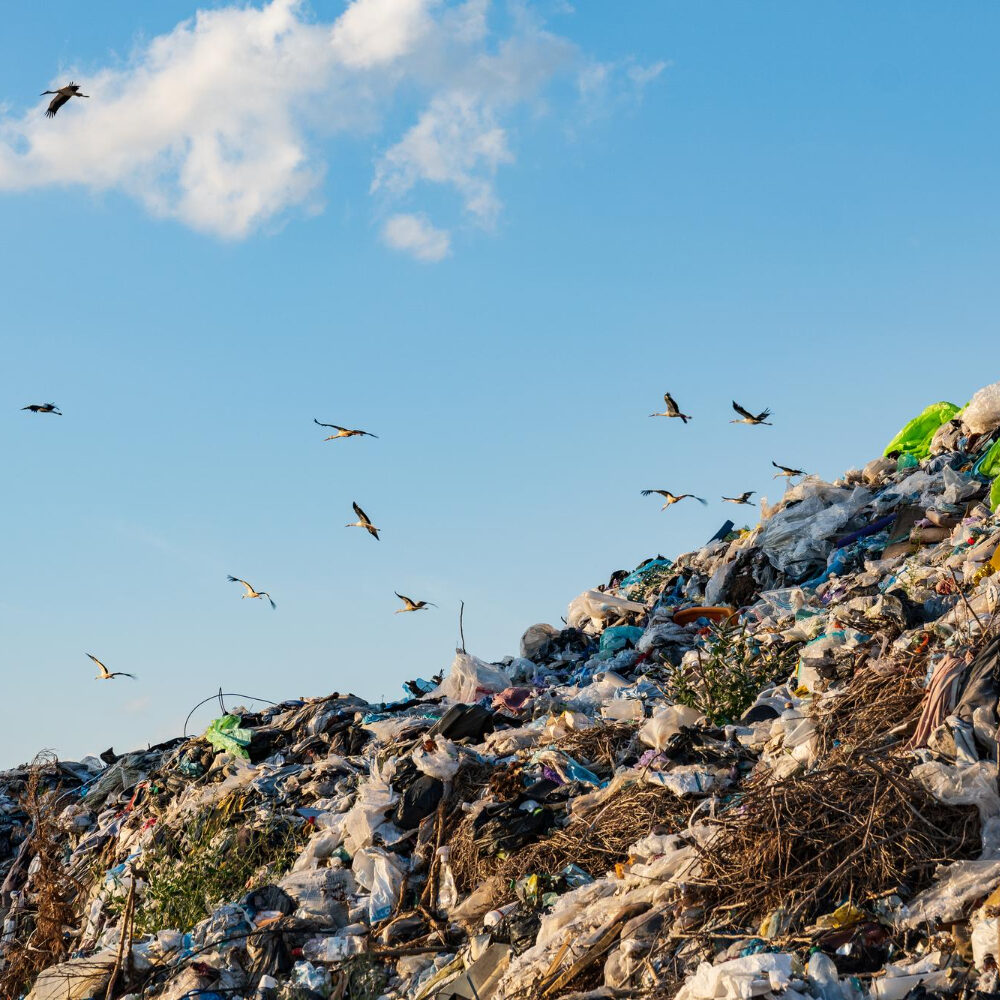Unlocking the power of heat in Waste-to-Energy plants
Learn how heat recovery in WtE plants helps to advance both environmental sustainability and economic efficiency goals

In the dynamic realm of Waste-to-Energy (WtE) plants, the strategic use of heat applications and heat recovery emerges as a key element for both environmental sustainability and economic efficiency. At its core, WtE involves the combustion of non-recyclable waste materials to generate heat, steam, electricity and fuels. But the story doesn’t end there: capturing and repurposing the heat generated in all these processes yields multifaceted benefits.
- Maximising energy efficiency
Harnessing the heat produced during waste incineration amplifies the overall energy efficiency of WtE plants. Instead of letting it dissipate, this valuable resource can be channeled into various applications such as district heating systems, industrial processes, or even greenhouses. This efficient use of heat not only optimises energy output but also diversifies the utility of WtE facilities beyond electricity generation.
- Advancing circular economy goals
In the European Union landscape, where circular economy principles are a focal point, the exploration of heat recovery in WtE plants aligns seamlessly with sustainability objectives. Recovered heat can be integrated into local heating networks, contributing to the circular flow of resources and fostering a more resilient and self-sufficient energy ecosystem.
- Reducing carbon footprint
The significance of heat applications extends to carbon footprint reduction. By maximising the use of thermal energy produced in WtE processes, there is a tangible decrease in the reliance on conventional, fossil-fuel-based heating sources. This transition to cleaner and more sustainable heating practices aligns with the EU’s commitment to carbon neutrality and the transition towards a greener energy era.
- Economic viability and regional development
Beyond its environmental impact, embracing heat recovery in WtE plants carries economic implications. By integrating recovered heat into district heating networks, local communities can benefit from cost-effective and environmentally friendly heating solutions. This not only enhances the economic viability of WtE facilities but also contributes to regional development by fostering job creation and bolstering local infrastructure.
- Exploiting synergies for enhanced sustainability
Apart from the immediate benefits of heat recovery, WtE plants offer a unique platform for synergies that can further elevate their sustainability profile. One notable synergy involves coupling heat recovery from flue gas treatment systems with carbon capture technologies. Integrating carbon capture technologies not only mitigates greenhouse gas emissions but also enhances the overall environmental performance of WtE facilities. Additionally, the recovered heat can be strategically employed in thermal energy storage systems, addressing the intermittency of renewable energy sources and providing a reliable and continuous heat supply and balancing seasonal and short-term demands for heat.
Other examples include heat recovery from Waste-to-Hydrogen and Waste-to-Fuel processes and from carbon capture applications via heat exchangers. Furthermore, heat pumps can help in raising water temperatures for district heating to the required temperatures using self-produced electricity. By strategically linking the various processes and technologies WtE plants become pivotal players in creating an integrated energy landscape.
This holistic approach underscores the versatility of WtE facilities in generating electricity from waste and, at the same time, in fostering a symbiotic relationship with various clean energy technologies for a more resilient and eco-friendly future.
In essence, the exploration of heat applications and heat recovery in Waste-to-Energy plants transcends the conventional understanding of waste disposal. It represents a strategic move towards a more sustainable, circular and economically vibrant future, perfectly attuned to the progressive goals set forth by the European Union in its pursuit of a greener and more resilient energy landscape.
Top photo: Energy from waste incinerator, La Collette, St. Helier, Jersey, Channel Islands. Photo by Travis Leery
Other news

ESWET joins call for a stronger Industrial Decarbonisation Accelerator Act
31.10.2025The European Commission plans to propose an Industrial Decarbonisation Accelerator Act in late 2025 to accelerate the clean transition of…

From waste to resource: rethinking what we throw away
03.10.2025“The environmental, social, and economic consequences of food waste are profound…Investing in sustainable waste management — turning waste into compost,…

A call to the EU: avoid a landfill catastrophe
02.10.2025The European Commission is considering the inclusion of Waste-to-Energy (WtE) in the EU Emissions Trading System (ETS). Such a move…